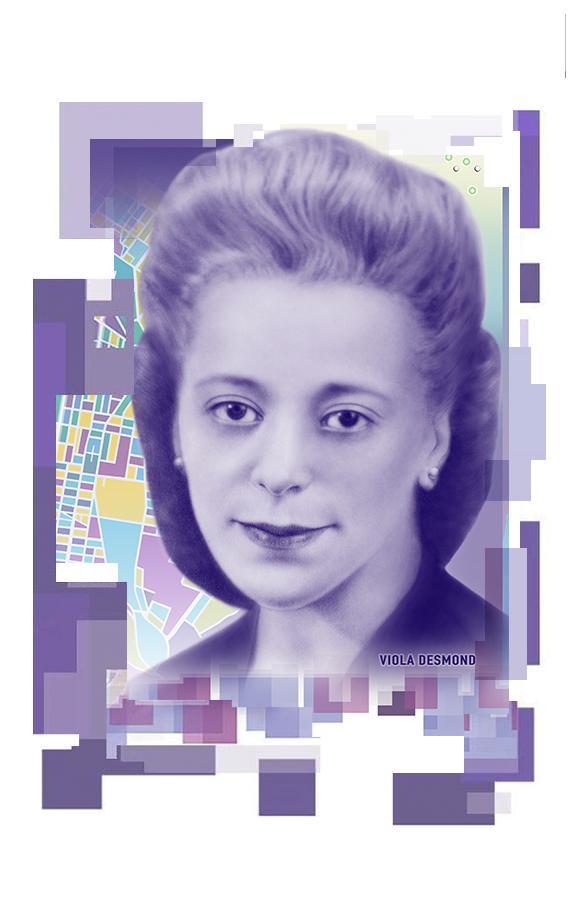
Courage and Dignity
Viola Desmond was a successful black businesswoman who was jailed, convicted and fined for defiantly refusing to leave a whites-only area of a movie theatre in 1946. Her court case was an inspiration for the pursuit of racial equality across Canada. Viola’s story is part of the permanent collection at the Canadian Museum for Human Rights.

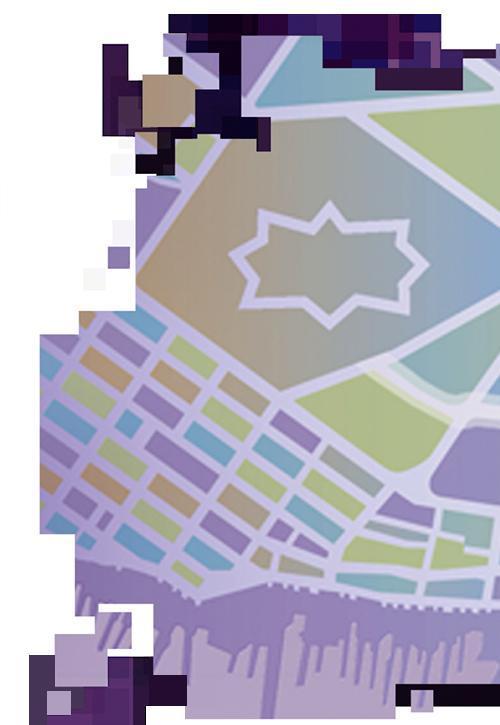
The Historic North End of Halifax
This historic community in Halifax was where Viola Desmond lived and worked, and served as a source of invaluable support during her struggle for justice. This artistic rendering of a historic map shows the waterfront, Citadel and Gottingen Street, the thoroughfare where Vi’s Studio of Beauty Culture was located.

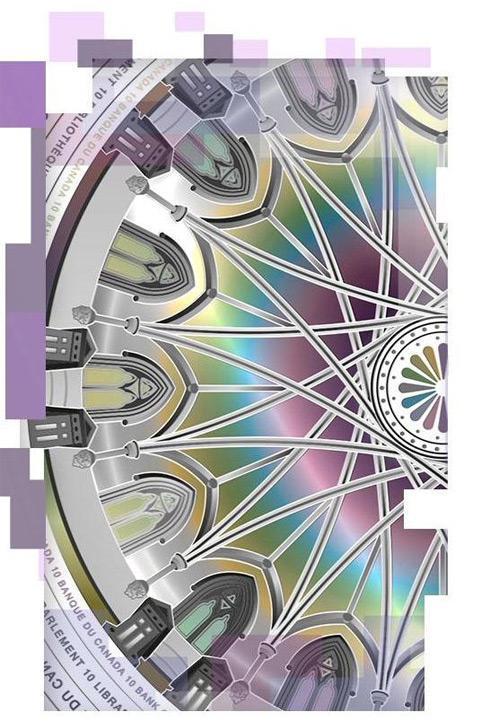
A Record of Democracy
The Library of Parliament’s vaulted dome ceiling, capped by arched windows that flood the library with natural light, is a stunning example of the Gothic Revival style of architecture. The laws of the land are shaped by the knowledge housed in this institution of democracy.

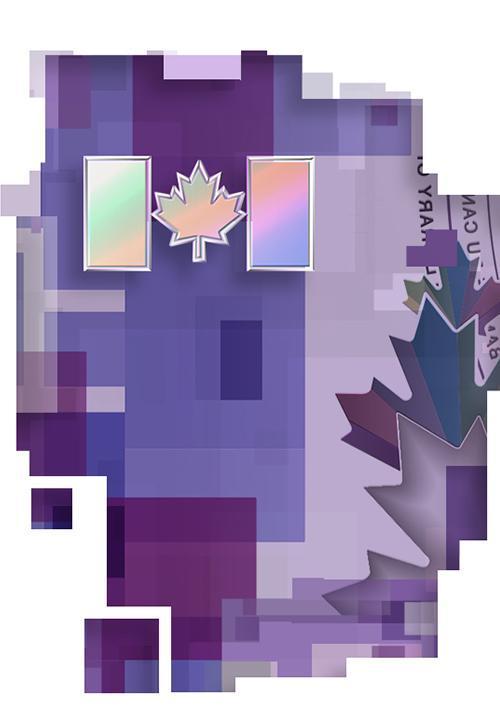
True North Strong and Free
The Canadian flag was officially adopted on February 15, 1965, a date which is celebrated today as National Flag Day.

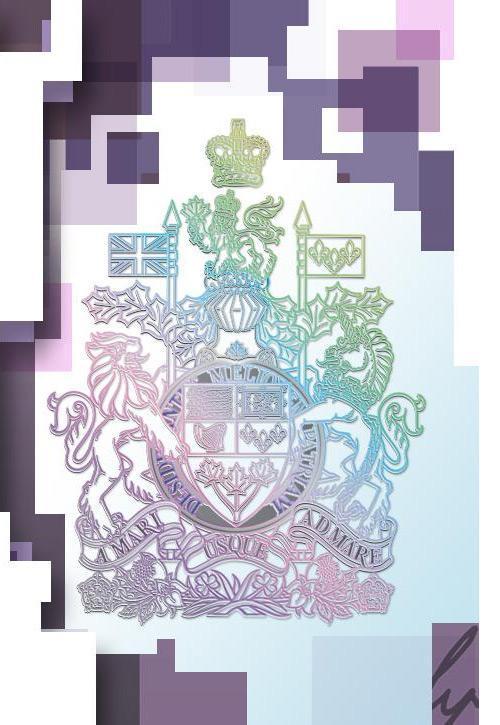
Coast to Coast to Coast
Canada’s coat of arms contains our country’s motto: a mari usque ad mare, Latin for “from sea to sea.”

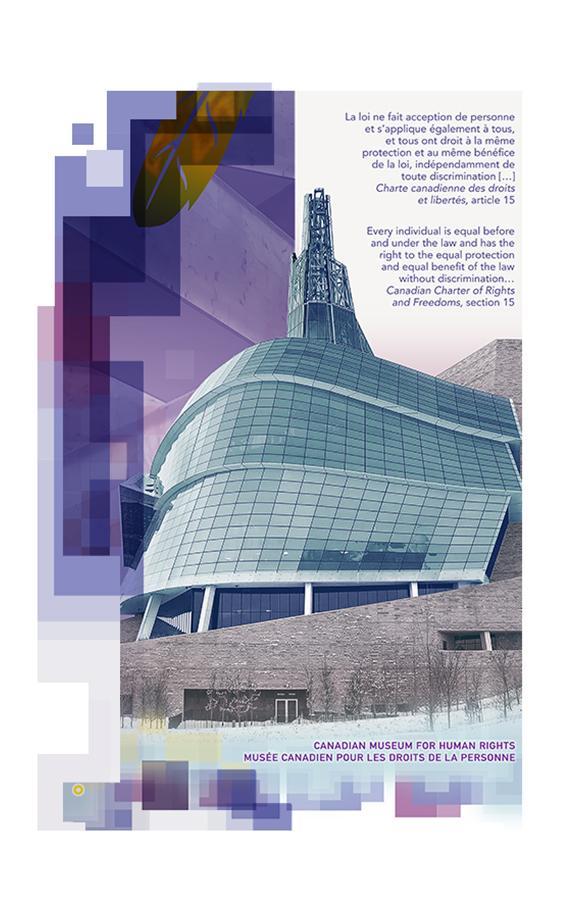
A Window into Human Rights
The Canadian Museum for Human Rights in Winnipeg, Manitoba is the first museum in the world solely dedicated to the evolution, celebration and future of human rights. The museum aims to inspire and promote respect for others while encouraging reflection and dialogue about human rights.

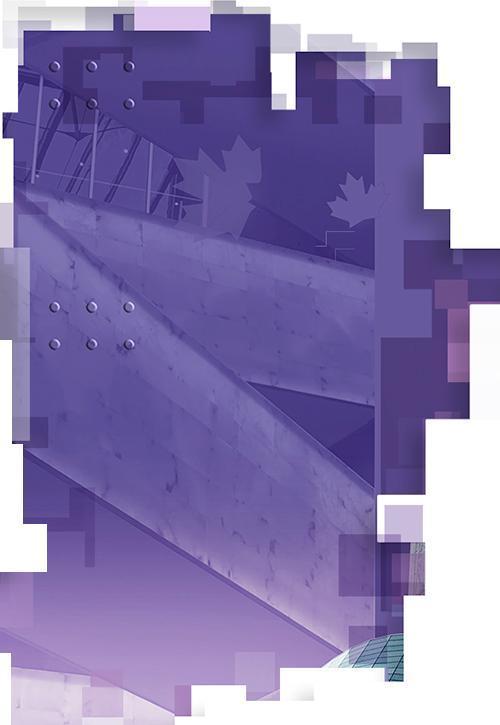
Connections of Strength and Hope
A series of criss-crossing ramps connect the seven levels of the Canadian Museum for Human Rights. They symbolize the history of human rights in Canada and the world—one of setbacks and contradictions, but built on strength and hope.

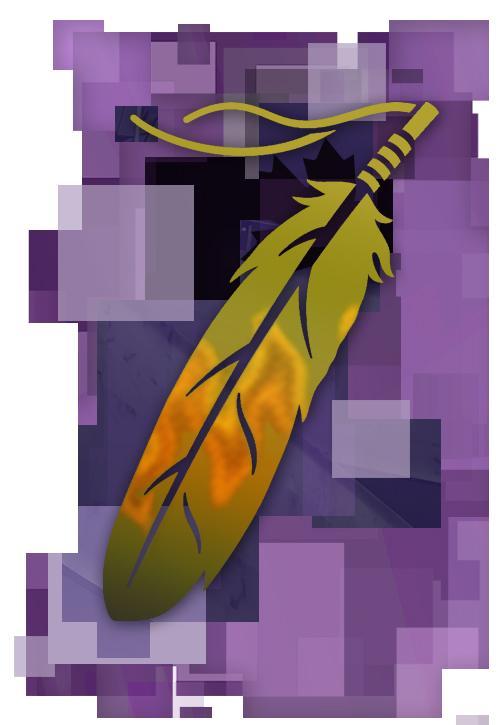
Truth, Power, Freedom
For many First Nations peoples in Canada, the eagle is believed to fly higher and see further than any other bird, and an eagle feather symbolizes ideals such as truth, power and freedom. It is intended to represent the ongoing journey toward recognizing rights and freedoms for Indigenous Peoples in Canada.

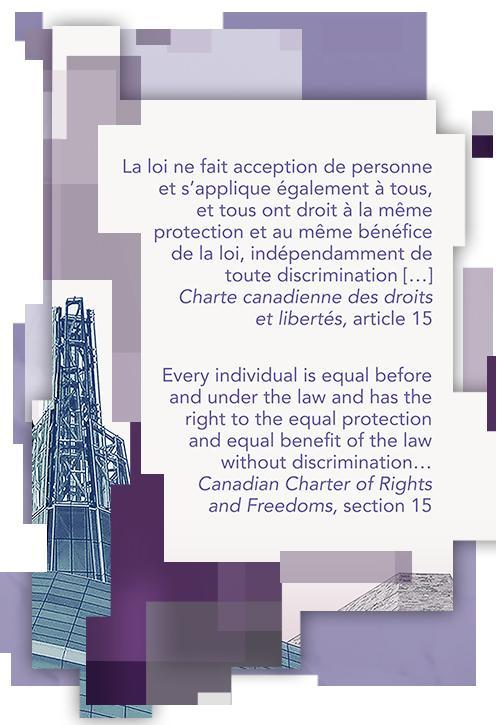
Our Rights, Enshrined
The Canadian Charter of Rights and Freedoms, entrenched in the Constitution of Canada in 1982, guarantees the fundamental rights and freedoms of individuals in the highest law of the land.

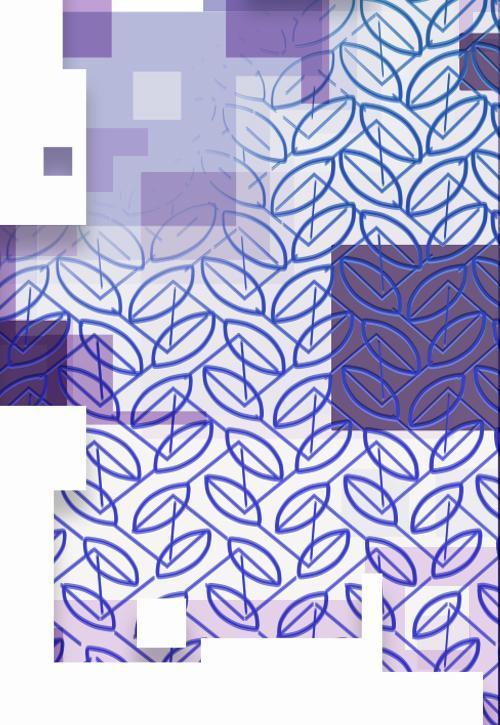
Defender of Rights
The laurel leaf, an ancient symbol of justice, appears in the grand entrance hall of the Supreme Court of Canada, the nation’s final court of appeal and ultimate judicial defender of rights in the country. A laurel leaf pattern is found in the bottom right corner on the back of the bank note.








